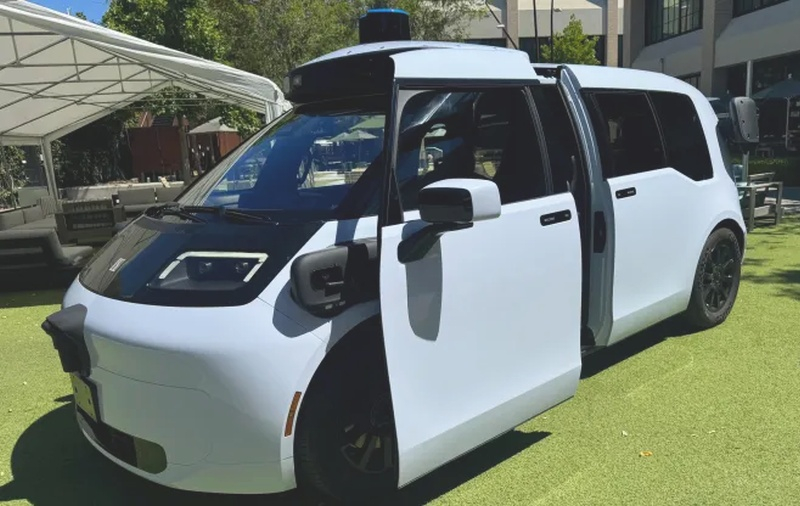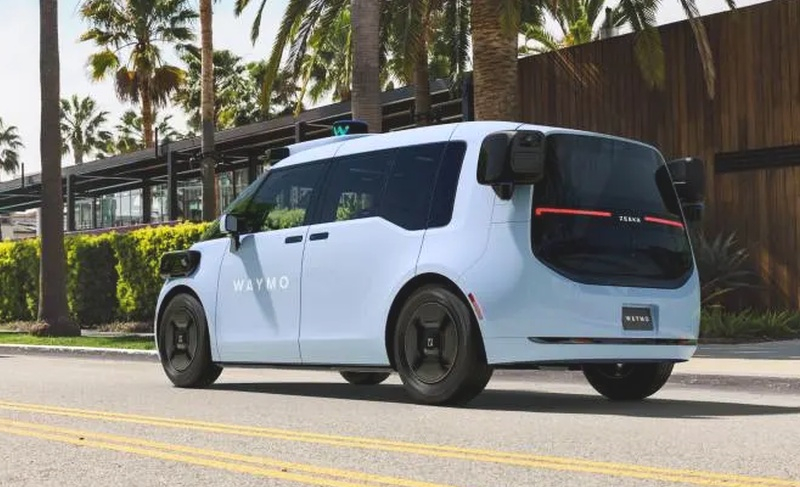Alphabet-owned Waymo has revealed details of its “Generation 6” self-driving technology, which will enable Geely’s Zeekr electric vehicles to successfully navigate a wide range of road and weather conditions using fewer cameras and sensors. The Waymo team is “confident that it can bring this generation to market much faster than the previous one” thanks to advances in machine learning and semiconductors.

Image source: Waymo
The commercial robotaxi service Waymo first launched in late 2018 in the United States. The company has previously integrated its self-driving systems into the Chrysler Pacifica hybrid minivans and Jaguar I-PACE all-electric SUVs. Today, Waymo provides about 50,000 paid driverless rides per week, mostly in San Francisco and Phoenix. In total, Waymo has already completed more than 2 million trips to date.
Last month, Alphabet announced an additional $5 billion investment in its autonomous vehicle division, which began in 2009 under the humorous code name “Project Chauffeur.” The investment will be used primarily to scale the project, including expanding the vehicle fleet after testing is completed.
To reduce the cost of robotaxis, Waymo reduced the number of cameras on board from 29 to 13 and lidar sensors from five to four, while providing a “360-degree view.” Sensors, including cameras, lidars and radars, are equipped with devices that automatically clean them of most dirt and sediment.

The future robotaxi, powered by the Zeekr electric vehicle, features enhanced passenger amenities, including a low step-in, high ceiling and ample legroom between rows of seats. The company is now testing its “Generation 6” self-driving system on public roads with professional drivers on board. Part of the testing is taking place in Detroit, Buffalo and New York to study the system’s behavior on different types of traffic in a wide range of weather conditions.
Although commercial robotaxi services from Didi and Pony.ai have already launched and are successfully operating in China, Waymo has few competitors in the United States. GM-owned Cruise has faced setbacks that forced it to suspend robotaxis operations, while Uber and Ford stopped developing self-driving cars. Tesla promises to introduce its “special robotaxi” only in October.